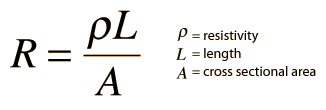- Messages
- 8
- Reaction score
- 4
- Points
- 3
guys hii i m really stuck the day b4 exam  so need ur help what can i do now !!! i m really at another world from physic
so need ur help what can i do now !!! i m really at another world from physic  so please professional help me out !!! i have already download some notes to from here !!! so please help me out may be u can change my life <3
so please professional help me out !!! i have already download some notes to from here !!! so please help me out may be u can change my life <3
waiting for ur help ....
waiting for ur help ....
